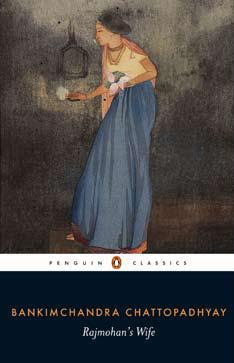The legacy of a painter, Maqbool Fida Husain
Maqbul Fida Husain, was India’s most famous, and its most infamous, contemporary painter. Often labeled the Picasso of India, his life and work spanned the 20th century and inched into the 21st century. He produced over 30,000 paintings, some of which sold at auction for over $1.5 million. The Government of India has awarded M.F. Hussain with the presitious "Padma Shree" in the year 1955.
A conference was organised to celebrate his 95th birthday in Doha last September. It was titled, as Husain himself had requested: “The World is My Canvas.” Husain came back from London, where he also has a home and studio, but as an active participant not a mere observer. He talked, he doodled, he joked, he even posed for a group photo.
M.F. Husain remained a dynamic, ceaseless explorer of art, life and beauty until a couple weeks before his death in London on Thursday June 9. In 2003, to celebrate his 88th birthday, he produced 88 oils across four Indian cities. “After open-heart surgery they said: ‘take it easy, and only paint miniatures,’” he scoffed, referring to an operation he had in 1988.
Yet controversy embroiled him from the mid-’90s because he loved, and painted from, India. Politically-minded Hindu partisans objected to his portrayal of women. He painted not just women but Hindu goddesses, and he painted them as they have been painted for centuries: unclad. But secular Indian courts allowed advocates for the Hindu right to bring a case against Husain. He was accused of causing harm to the sensibilities of others. He faced not one case but multiple cases, along with vandalism of his art, and threats against both himself and those close to him. Soon after his victorious 88th birthday, he moved from India to the Gulf, first to Dubai, and then after 2007 to Doha, the capital of Qatar.
It was Her Highness Sheikha Mozah, wife of the Amir and fervent patron of art and education in Qatar, who offered him a home in the tiny but wealthy Gulf state. Husain agreed to do a series of 99 paintings on Arab/Islamic art, to be housed in one of the several new museums being constructed in Doha.
Ironically with his expected but still untimely death at age 95, Husain has now fulfilled another of his enigmatic dicta. Back in 1993, before the Hindu right had attempted to harass and revile him, Husain, then a mere 78, had presided over a retrospective at Delhi’s National Gallery of Modern Art. “Let history cut across me without me,” he declared. And now it has. First with his exile from India and then with his death in London, one of the most brilliant modern day artists—at once experimental and affable, philosophical and playful, religious and secular—has passed to another realm, leaving others to ‘cut across him’, to enjoy and also to contest his piebald legacy.




Comments
Post a Comment